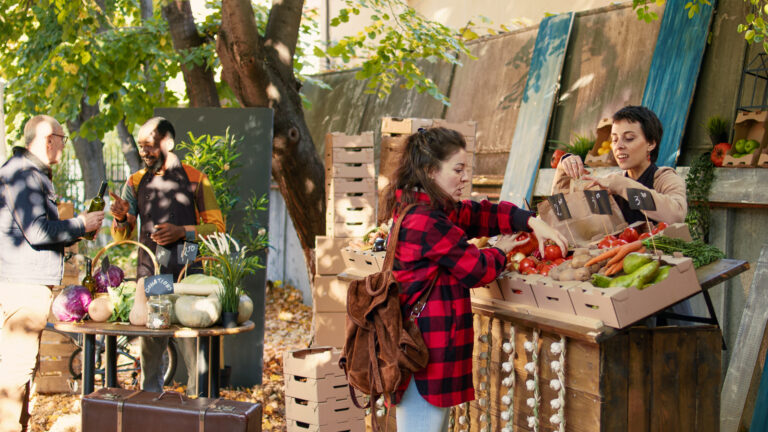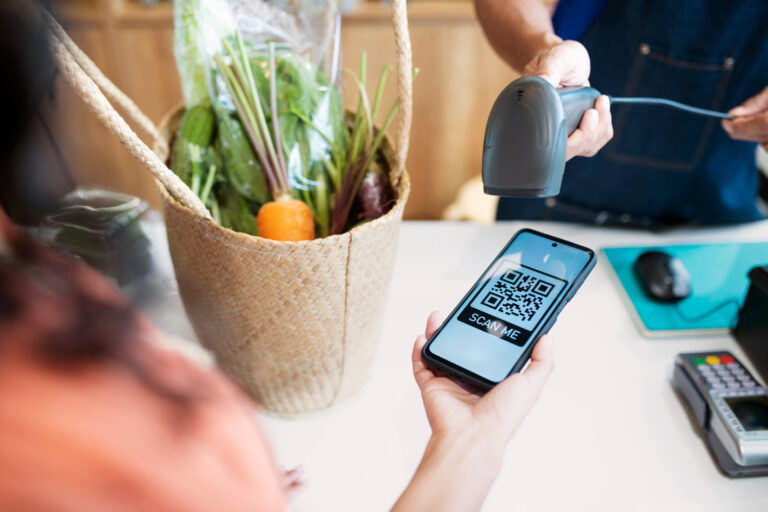Theme
Knowledge and valorization of edible spontaneous products
Activity Duration
8h: 4 hours for collecting materials + 4 hours to cook
Group Size
5-13 youngsters
Objectives
- Knowledge of the territory and its botanical heritage
- Encourage the adoption of conscious and respectful food consumption
styles - Promote sustainable food choices
- Promote teamwork
Description
The activity consists in the knowledge of the edible spontaneous products of the territory that can be used in the kitchen. The activity requires from the educator an in-depth knowledge of the botanical heritage (plants,flowers, mushrooms, …) present in the territory and its potential valorization for human consumption as food or for the preparation of dishes, food nad/or beverage. The young people are involved in a guided path of exploration of the territory and collection of products for subsequent processing. Subsequently the collected products are used for the preparation of dishes or drinks intended for the participants themselves and their educators.
Materials/Tools
For products collection: comfortable clothing, bags or baskets for collecting the products, scissors and knives, gloves. Kitchen equipped for food preparation. Clothing suitable for kitchen work. Recipes. Ingredients included in the recipes
Space (indoor, outdoor,
settings…)
-Outdoor for collecting spontaneous products
-Kitchen environment (domestic, canteen, professional kitchen…)
Structures/steps (timing)
1. Before the learning activities: before starting the learning activity, the educator must have detailed and in-depth knowledge of the local
spontaneous products that are the subject of the research. He/she must also have proposals for the food use of the products (recipes and/or combinations).
2. Before the learning activity: the educator, on the basis of seasonality and the products being researched, identies a territory and prepares an itinerary for the search for spontaneous products.
3. The educator introduces the activity to the young people, describes the characteristics of the territory and prepares presentation sheets/digital pictures of the products that will be the subject of the research (Product image and name, seasonality, similar products, organoleptic characteristics, food use).
4. For about 4 hours (one morning) the young people are accompanied in the search for spontaneous products with the guidance of the educator. The educator explains the characteristics and nutritional and organoleptic properties. Youngsters are divided into groups and will have the task of recognizing and collecting the illustrated products.
5. In the afternoon the activity takes place for about 4 hours in a kitchen: the educator presents the recipes that include the use of the collected products. The products are washed and cleaned for food use. The youngsters are divided into groups and guided in the preparation of the dishes, foods and/or beverages proposed.
6. The activity ends with a shared tasting of the dishes/beverages created.
Evaluation System/Tools
The evaluation can be done mainly through the observation of group work (final results of prepared food) and the evaluation of individual work (motivation and active participation in activities; active role in the team).



